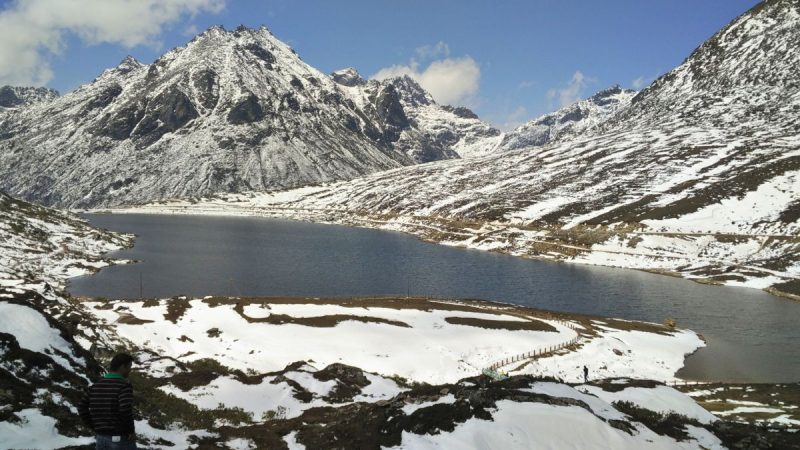A new study, published in the Journal of Earth System Science, revealed that Arunachal Pradesh lost 110 glaciers in 32 years. A big section of the eastern Himalayas in Arunachal Pradesh disappeared between 1988 and 2020. Researchers used remote sensing and GIS technology to map glacier changes across several districts in Arunachal Pradesh. Scroll on to learn all about this.
Arunachal Pradesh Lost 110 Glaciers Between 1988 And 2020
If you didn’t think global warming was scary, then the findings of this new study will definitely scare you. According to the research conducted by scientists from Nagaland University and Guwahati-based Cotton University, Arunachal Pradesh lost 110 glaciers in 32 years. The study found that glaciers covering an area of 309.85 sq km disappeared, at a retreat rate of 16.94 sq km during the period from 1988 to 2020.
As per The Hindu, glacial retreat is the process by which glaciers melt faster than new snow and ice can accumulate and it is a key indicator of global climate change. The glacial retreat in Arunachal Pradesh exposed bedrock, created glacial lakes, and raised threats of glacial lake outburst floods (GLOFs). The eastern Himalayas have already witnessed a major GLOF in 2023 when the Sikkim disaster claimed more than 55 lives and destroyed a 1,200-megawatt hydropower project on the Teesta River.
The researchers found that the number of glaciers in the region went down from 756 to 646 during the 32-year-long study period. The glacial cover reduced from 585.23 sq km to 275.38 sq km, a loss of a little more than 47%. As per the study, the Himalayan glaciers have noted significant changes in temperature and precipitation. The temperature in the region has increased by 1.6°C in the last century. This shows that the northwestern Himalayas have a higher rate of temperature in comparison to the global average rate.
Also Read: Heavy Snowfall In Sikkim Closes Several Key Routes; Will It Affect Travel Plans?
More About The Study
This new study has been authored by Vimha Ritse, Amenuo Susan Kulnu, and Latonglila Jamir of Nagaland University’s Department of Environmental Science, and Nabajit Hazarika of the Guwahati-based Cotton University’s Department of Environmental Biology and Wildlife Sciences.
According to The Hindu, they used remote sensing and geographic information systems to map the glacier boundaries of Arunachal Pradesh. They covered areas like Tawang, Lohit, West Kameng, Kurung Kumey, Upper Siang, and Upper Dibang Valley districts. For reference, they used the Randolph Glacier Inventory of Global Land Ice Measurements from Space.
The study noted that the Himalayan glaciers are experiencing a rapid retreat rate, as compared to other glaciers globally. The region is facing a yearly average area loss of about 0.4% as a result of climate change.
The findings of this new study are quite worrisome. We hope that this will help open the eyes of the concerned authorities and that steps to reverse this damage will begin soon.
Cover Image Courtesy: Wikimedia Commons (representative image)
For more such snackable content, interesting discoveries and the latest updates on food, travel and experiences in your city, download the Curly Tales App. Download HERE.

